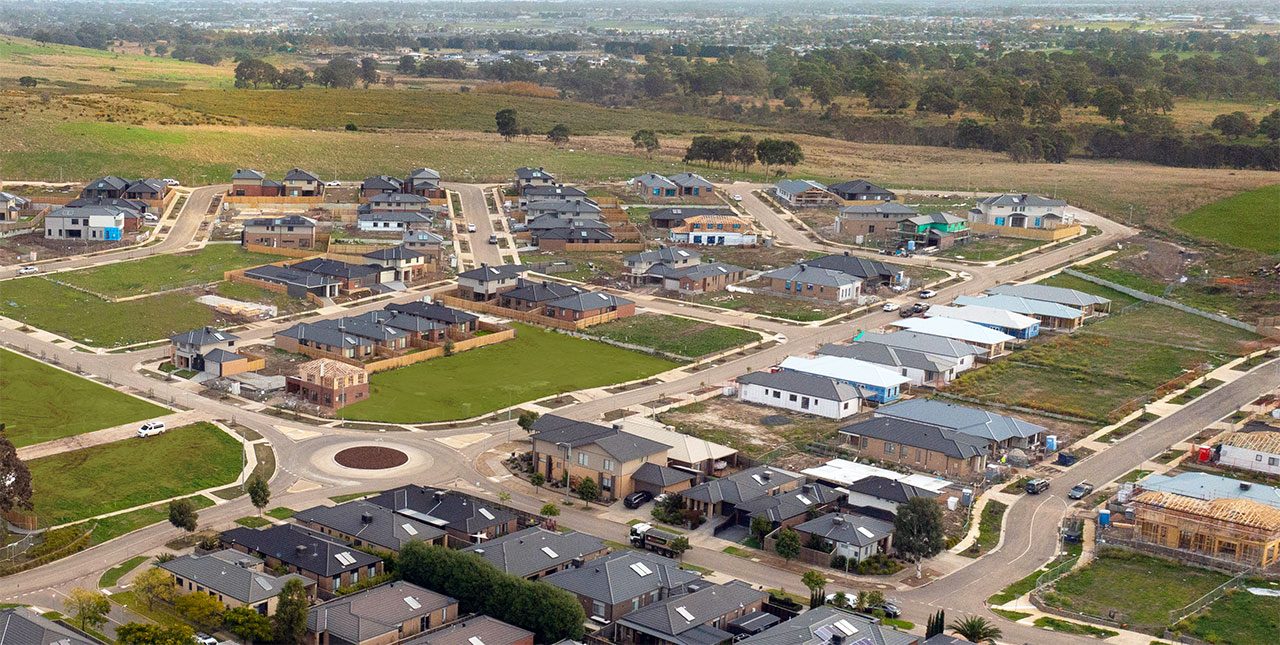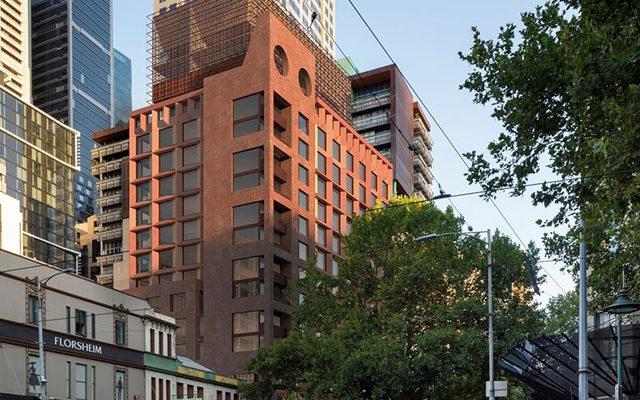This article is from the Australian Property Journal archive
AUSTRALIAN house prices will continue to increase, albeit moderately, driven by ongoing undersupply in 2024 and 2025.
According to Fitch Ratings’ Global Housing and Mortgage Outlook 2024, Australian home prices are forecast to rise by 4% to 6% in 2024, thanks to the imbalance between high immigration, tight supply and changes to household formation.
In 2025, forecasts have Australian house prices up a more moderated 3% to 5%, with both years following stronger growth over 2023.
Housing supply remains low across Australia, with Corelogic’s total home listings in the third quarter of 2023 sitting below the five-year average and the ABS reporting annual dwelling completions in decline after peaking in 2019.
Low levels of listings are predicted to remain low throughout 2024, with homeowners hesitant to sell due to the high interest rate environment.
While the high inflation market has also impacted the rate of new home constructions as well, with building costs up and labour still limited.
Fitch forecasts price growth will slow when 2025 hits, with affordability reaching its limits after years of increases and limited wage growth.
Additionally, if interest rates remain elevated for longer home price growth may wind up coming in lower than the current forecast.
Fitch is also forecasting late-stage arrears to grow to 0.65% in 2024, with a boost of 10 basis points expected from level seen at the close of 2023.
Late-stage arrears will end 2024 higher than the long-term average of 0.55%, thanks to high inflation and interest rates, though arrears should fall back to the long-term average in 2025.
This as latest week’s Fitch Ratings Dinkum RMBS Index report for Q1 2024 found mortgage arrears have hit a five-year high, with the 30+ days arrears were up 9 basis points over the quarter to 1.30%.
“Arrears are expected to peak in mid-2024 when the central bank is expected to start decreasing the cash rate. Prior to the rate cuts Australia’s predominantly variable rate borrowers will face pressure from continued inflation above the Reserve Bank of Australia target, reduced savings buffers and increased unemployment,” said Timothy Groombridge, director and primary rating analyst at Fitch.
“Borrowers with low savings, those who have borrowed to their serviceability limit and those in the lowest income quartile are most vulnerable for mortgage arrears. In early 2025, we expect arrears to fall as cuts to the cash rate take effect reducing mortgage payments.”
Meanwhile, foreclosures are expected to be limited, thanks to historically low unemployment rates.




